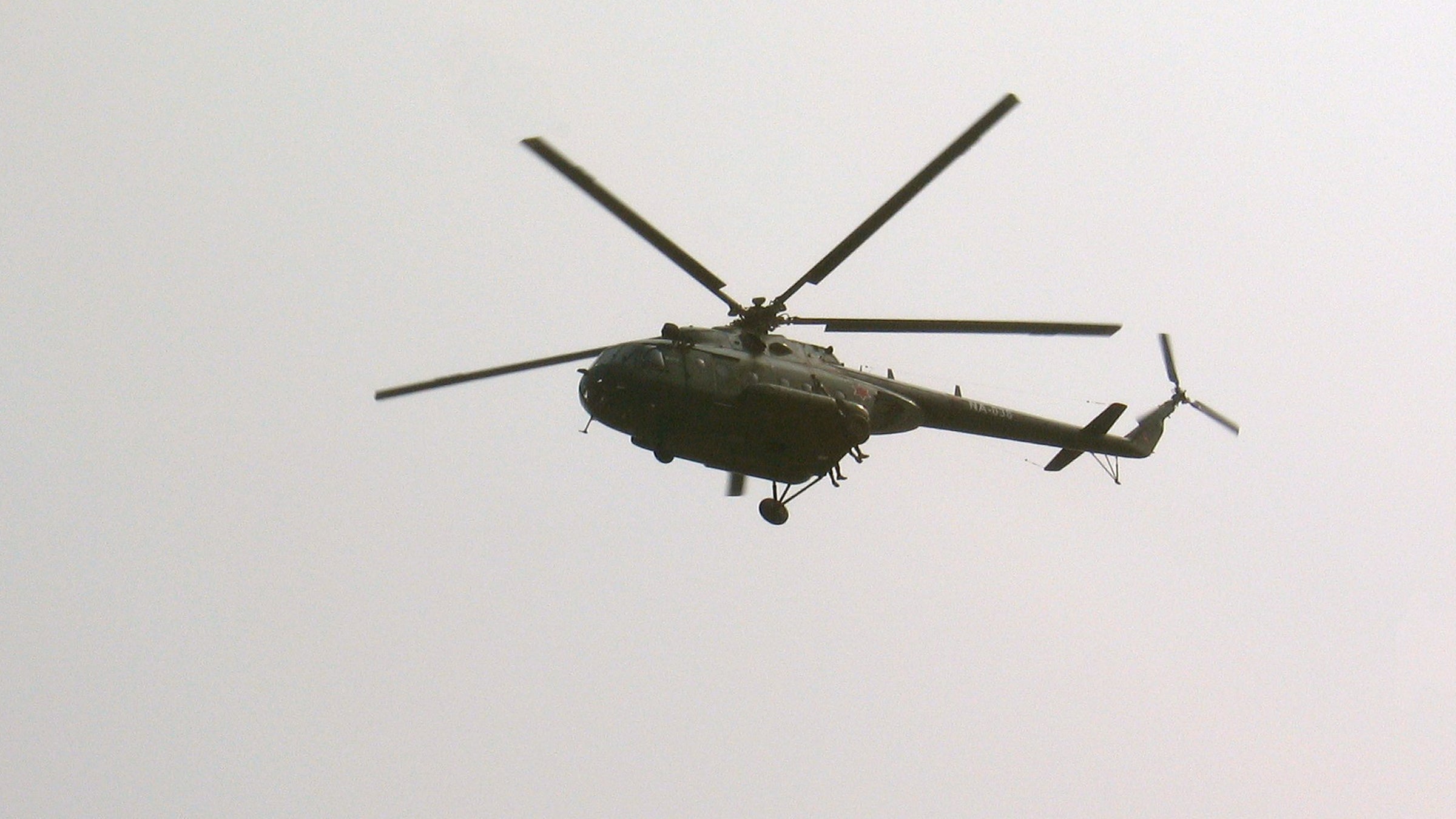Nepalese authorities are improving the medical capacities at Everest Base Camp in an effort to increase safety after last year’s avalanche.
Base Camp will add one or two additional doctors, bringing the total to four stationed in an emergency room tent, Devi Bahadur Koirala of the Himalayan Rescue Association of Nepal . Authorities say they have also shaved 30 minutes off the two-hour response time for rescue helicopters. They will now take accountability for rescues, as opposed to relying on climbing teams, which arranged flights in the past.
The climbing community criticized the Nepalese government for not having a rescue protocol in place after the 2014 avalanche that killed 16 Sherpas. There will now be a full-time government office tent at Base Camp with officials to provide security and information, monitor activities, and settle disputes.


